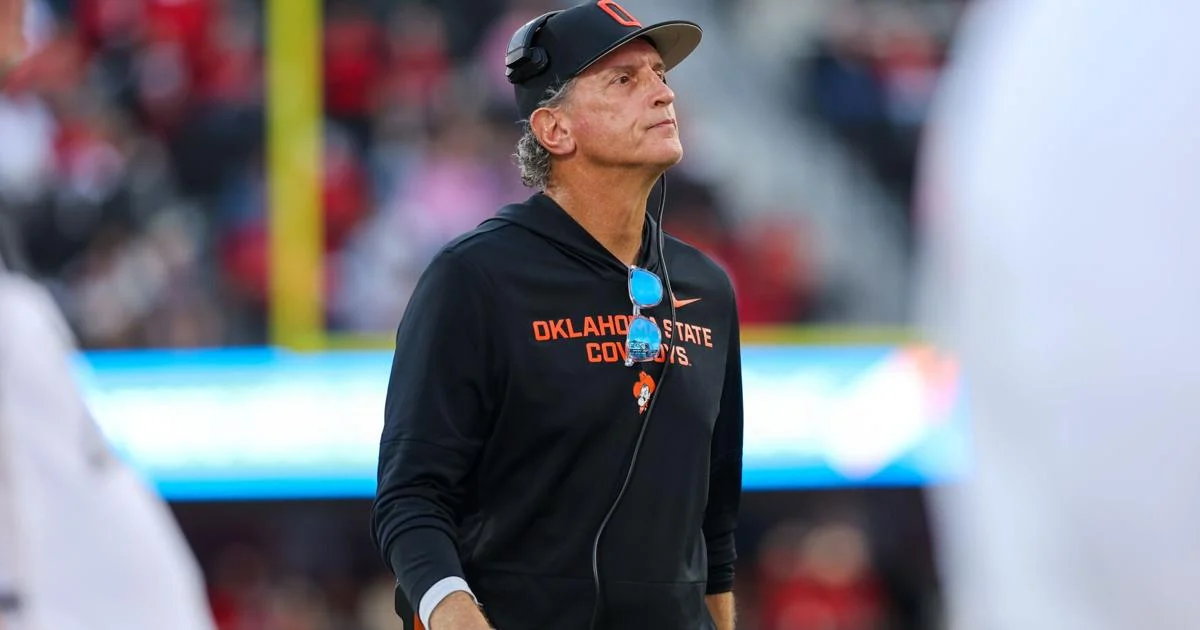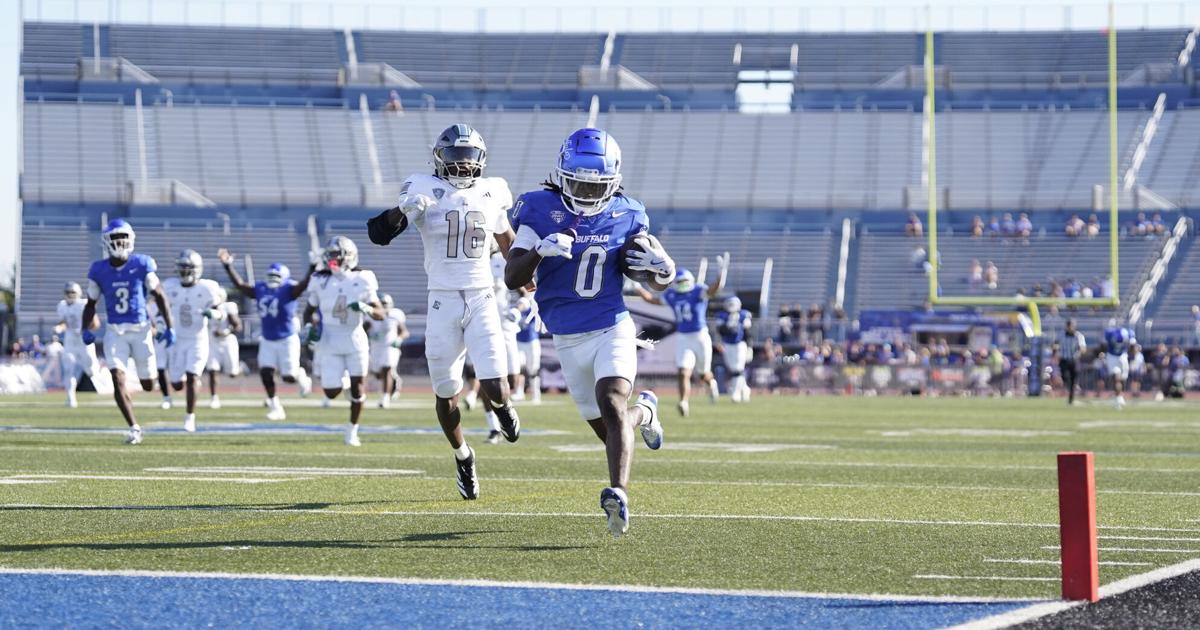Copyright The Boston Globe

She remembers the foundation being laid in the late 1990s when players played the first two seasons without an agreement at all. “We weren’t talking about revenue sharing or bonuses,” Chase said. “We were really focused on keeping the league alive. We were building something that didn’t exist before, and that foundation really mattered to all of us. We knew this was something really special and we knew it would just grow from there.” By 1999, the league had its first CBA in place — the first of its kind in women’s professional sports. The financial gain for players was an increase in minimum salaries to $25,000 for rookies and $30,000 for veterans. The larger issue was preserving roster spots for players already in the league as the W opened its doors to players from the defunct American Basketball League, including Dawn Staley. To Chase, the 2003 contract was a breakthrough. The negotiations stretched 237 days after the 2002 season, and then-NBA commissioner David Stern threatened to cancel the upcoming slate. By the time the deal was done, there was just a 30-day runway leading up to the season. But the deal introduced free agency and guaranteed a 4 percent annual increase in player salaries. And for the first time, revenue sharing was mentioned — contingent upon ticket sales targets. “I think 2003 represented a turning point,” Chase said. “I think the WNBA was no longer a new experiment, right? It had signs of becoming an established professional league with its own identity and leadership and stars. And I think it was also the bridge year from the founding era. “The legacy, in retrospect, for players like me drafted in the late ’90s, 2003 symbolized the start of real professional progress. Even though the financial and equity gaps were still massive, the athletes of that time carried the league through uncertainty and it was really about paving the way for today’s conditions — better pay, charter flights, all of what you’re seeing now.” The sides find themselves at the negotiating table with the stakes as high as ever: A $2.2 billion television rights deal kicks in next year, while the rights to buy expansion franchises are drawing fees of $250 million. Unable to come to a resolution by the original Oct. 31 deadline, the players and league agreed last week to a 30-day extension. While salaries have risen, the player share of revenue hasn’t grown as much, even though overall revenue has. The focus has shifted, Chase said: “The players have now gotten out of survival mode and now turned into strategy mode.” Over a 30-year consulting career, Tamika Tremaglio made strategy her specialty, whether it was in her time with the NFLPA working alongside DeMaurice Smith, or as executive director of the NBPA, or managing principal at Deloitte. She worked on the 2020 WNBA CBA negotiations for the Players Association, and she said the players have more leverage now than at any point in the history of the league. “There is a real demand and a need for the sport,” Tremaglio said. “So it is the best position they’ve ever been in, and I do believe that’s part of why they have to capitalize on it.” Revenue sharing has risen as the focal point of the negotiations. In every CBA since 2003, the notion of a revenue share arrangement was present — always hinged on reaching ticket sales targets or non-public benchmarks — but more pressing matters took precedence, whether it was travel, hotels, salary, or paid maternity leave. The 2020 CBA offered the most concrete revenue-sharing model. “Revenue share was a big deal the last time, in 2020,” Tremaglio said. “It’s just we were able to get it, and it seemed like it was a way for it to actually happen, and lo and behold, we didn’t get it to fully happen the way in which we had anticipated it to happen.” Right now, the 50-50 split players want ends up being closer to 10 percent. As a subsidiary of the NBA, the WNBA’s ownership structure already was nuanced. When the WNBA completed a $75 million capital raise in 2022, from investors that included Globe CEO Linda Henry, it got more complicated. Those investors became 16 percent owners of the league, while the NBA and WNBA each held 42 percent shares. Once the investors and the NBA are paid, the WNBA and its players split that 42 percent. “It isn’t 50-50 like we think of, meaning 50 percent goes to the W and 50 percent goes to the PA,” Tremaglio said. “Instead, what happens is you have 50 percent that goes to the W. But before that, there’s all of these other expenses that come out first. So, you’ve got to get to that threshold first.” The 2020 agreement highlighted a commitment to “implement an integrated marketing plan league-wide,” earmarking a minimum of $1.6 million in “offseason league and team marketing agreements that both recognize top performance and highlight the diversity of the league.” How it actually works, per Tremaglio: “Twenty-five percent of that goes to the PA and is given to individual players, and then the other 25 percent goes into a marketing pool that then is given to those players who they want to market more broadly.” Tremaglio says that “quite frankly, what we’ve seen on average is less than 10 percent, really, that even remotely goes back to the women, and that’s where the biggest challenge comes from.” To Chase, seeing the trajectory of the WNBA and women’s basketball at large over nearly three decades, these negotiations are about growing together. “Today’s conversation about pay equity though, in my opinion, is not about players versus the league — and I hate to hear that because it’s really not about players versus the league — it’s really about growth alignment,“ she said. “The women have grown in their abilities and skills and their brands. The league has grown in their viewership and merchandise and sales and ticket sales. Both sides are growing, so it’s really about growth alignment and how both sides can share in success as revenues rise.” As an entity that other women’s professional sports look to as a compass and also as a union learning from others, Tremaglio said the WNBPA is in a powerful position. She added that the league is also in a position to reimagine what’s possible. “It’s a real opportunity to lead,” Tremaglio said. “And that’s a tremendous amount of pressure for the women of the W. I also see it as a tremendous opportunity for the league to do something different and unique, and to sort of stand up for the things that are right. The league is trying to do what they can. But the reality is they’ve got to do more — and perhaps it’s do more with less, I don’t know — but they’ve got to do more, and this is a time when the world is looking at them to do more and to think differently.”



